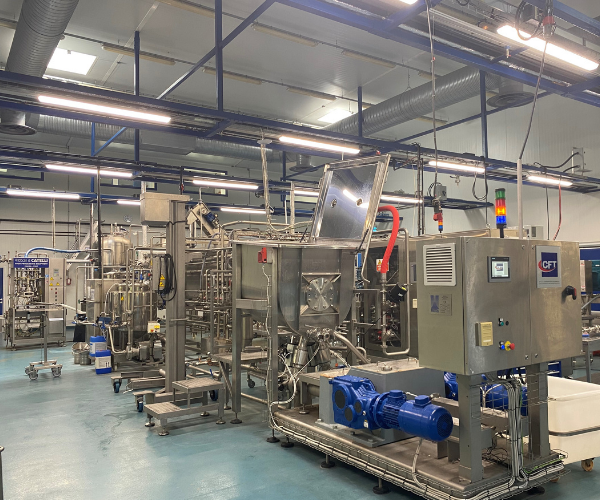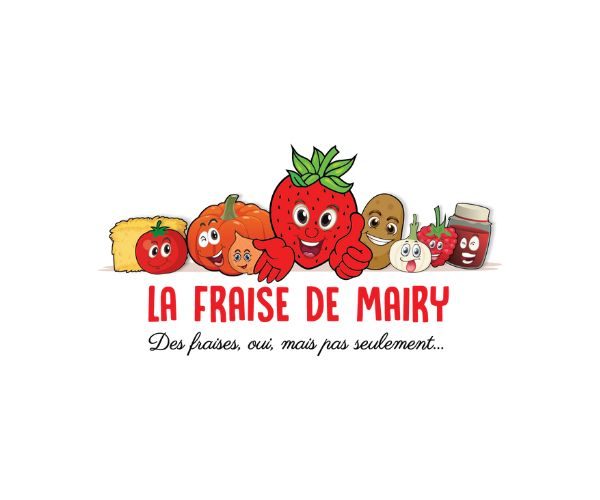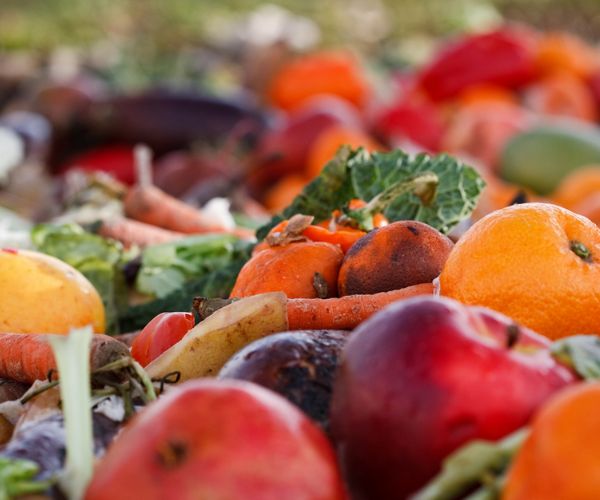Industrial performance
Discover ohmic heating in video!
21
Sep

Published on : 21/09/2021
We take you to our technology hall in Avignon to show you how ohmic heating works and what its applications and strengths are!
The CTCPA, food technical center, has developed a strong expertise for several years around the technology of ohmic heating. This technology allows to sterilize or pasteurize products with or without pieces, acids or bases, packaged after treatment.
Ohmic heating allows the thermal treatment of food matrices (composed of liquid phases and/or pieces) in a homogeneous and volumetric way. The technology is based on the conductive properties of food matrices and on the principle of the Joule effect, which corresponds to the release of heat that accompanies the passage of current in the food. The food circulates in a tube, equipped with two electrodes separated by an insulator, to which an alternating voltage is applied. The current will thus circulate in the matrix, and heat it in a homogeneous and volumetric way. Over the years, the applications of ohmic heating have been extended to more and more complex and varied products, with an ever present interest in quality.
The ohmic heating constitutes a gain of performance for the food industries, by making it possible to generate heat within the product itself, including in the particles, in a fast way and with a high thermal power. It allows to apply sterilization or pasteurization treatments to food matrices, while significantly limiting the effect of cooking and preserving the organoleptic and nutritional qualities of the products. Its most significant applications concern thermally stabilized products with a minimum durability date at room temperature of several months after aseptic packaging.
Related to the topic:
The CTCPA acquires a new ohmic heating driver - CTCPA
Ohmic heating at the CTCPA: twenty years already! - CTCPA
An Elsevier article on ohmic heating written by the CTCPA and the UCT of Prague - CTCPA
Ohmic heating improves the texture of a chunky apple puree - CTCPA
Innovative technologies - CTCPA
Contact: contact@ctcpa.org
Learn more about our training courses here!






